Post by Bonobo on Mar 21, 2016 23:38:15 GMT 1
Wow, it is hard ot believe that during 8 years nobody has made a post about Gniezno.
Gniezno [ˈɡɲeznɔ] is a city in central-western Poland, some 50 kilometres (31 miles) east of Poznań, with some 70,000 inhabitants. One of the Piast dynasty's chief cities, it was mentioned in 10th-century sources, including the Dagome Iudex, as the capital of Piast Poland. The Roman Catholic Archbishop of Gniezno is the primate of Poland, making it the country's ecclesiastical capital.
History
There are archaeological traces of human settlement since the late Paleolithic. Early Slavonic settlements on the Lech Hill and the Maiden Hill are dated to the 8th century.[1] At the beginning of the 10th century this was the site of several places sacred to the Slavic religion. The ducal stronghold was founded just before AD 940 on the Lech Hill, and surrounded with some fortified suburbs and open settlements.
Legend of Lech, Czech and Rus
According to the Polish version of legends, "Three brothers Lech, Czech and Rus were exploring the wilderness to find a place to settle. Suddenly they saw a hill with an old oak and an eagle on top. Lech said, 'This white eagle I will adopt as an emblem of my people, and around this oak I will build my stronghold, and because of the eagle nest [gniazdo in Polish][1] I will call it Gniezdno [modern: Gniezno].' The other brothers went further on to find a place for their people. Czech went to the South" (to found the Czech Lands) "and Rus went to the East" (to create the Rus' (region)).[citation needed]
Cradle of the Polish state
Around AD 940 Gniezno, being an important pagan cult center, became one of the main fortresses of the early Piast rulers, along with aforementioned fortresses at Giecz, Kruszwica, Poznań, Kalisz, Łęczyca, Ostrów Lednicki, Płock, Włocławek others. Mieszko I might have moved the capital to Gniezno from Poznań after his own and his realm's baptism, but actual move of the capital to Gniezno might have coincided with a growing German menace of the late 10th century and early 11th century depositing the remains of Saint Adalbert in a newly built church, to underline Gniezno's importance as the religious centre and capital of Bolesław I Chrobry's kingdom.
Congress of Gniezno
It is here that the Congress of Gniezno took place in the year 1000 AD, during which Bolesław I the Brave, Duke of Poland, received Holy Roman Emperor Otto III.[2] The emperor and the Polish duke celebrated the foundation of the Polish ecclesiastical province (archbishopric) in Gniezno, with newly established bishopric in Kołobrzeg for Pomerania; Wrocław for Silesia; Kraków for Lesser Poland and later also already existing since 968 bishopric in Poznań for western Greater Poland.
Royal coronation site
The 10th century Gniezno cathedral witnessed royal coronations of Bolesław I in 1024 and his son Mieszko II Lambert in 1025.[1] The cities of Gniezno and nearby Poznań were captured, plundered and destroyed in 1038 by the Bohemian duke Bretislav I, which pushed the next Polish rulers to move the Polish capital to Kraków.[1] The archiepiscopal cathedral was reconstructed by the next ruler, Bolesław II the Generous, who was crowned king here in 1076.
In the next centuries Gniezno evolved as a regional seat of the eastern part of Greater Poland, and in 1238 municipal autonomy was granted by the duke Władysław Odonic. Gniezno was again the coronation site in 1295 and 1300.





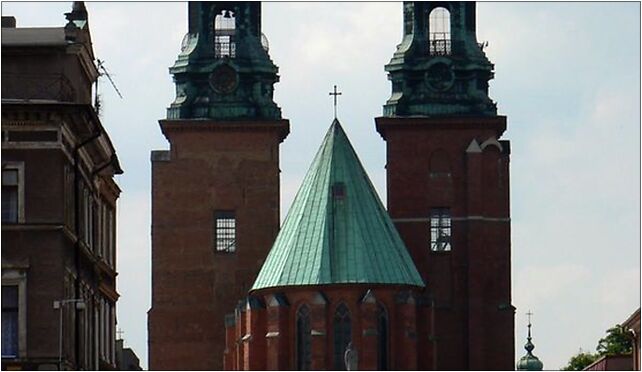

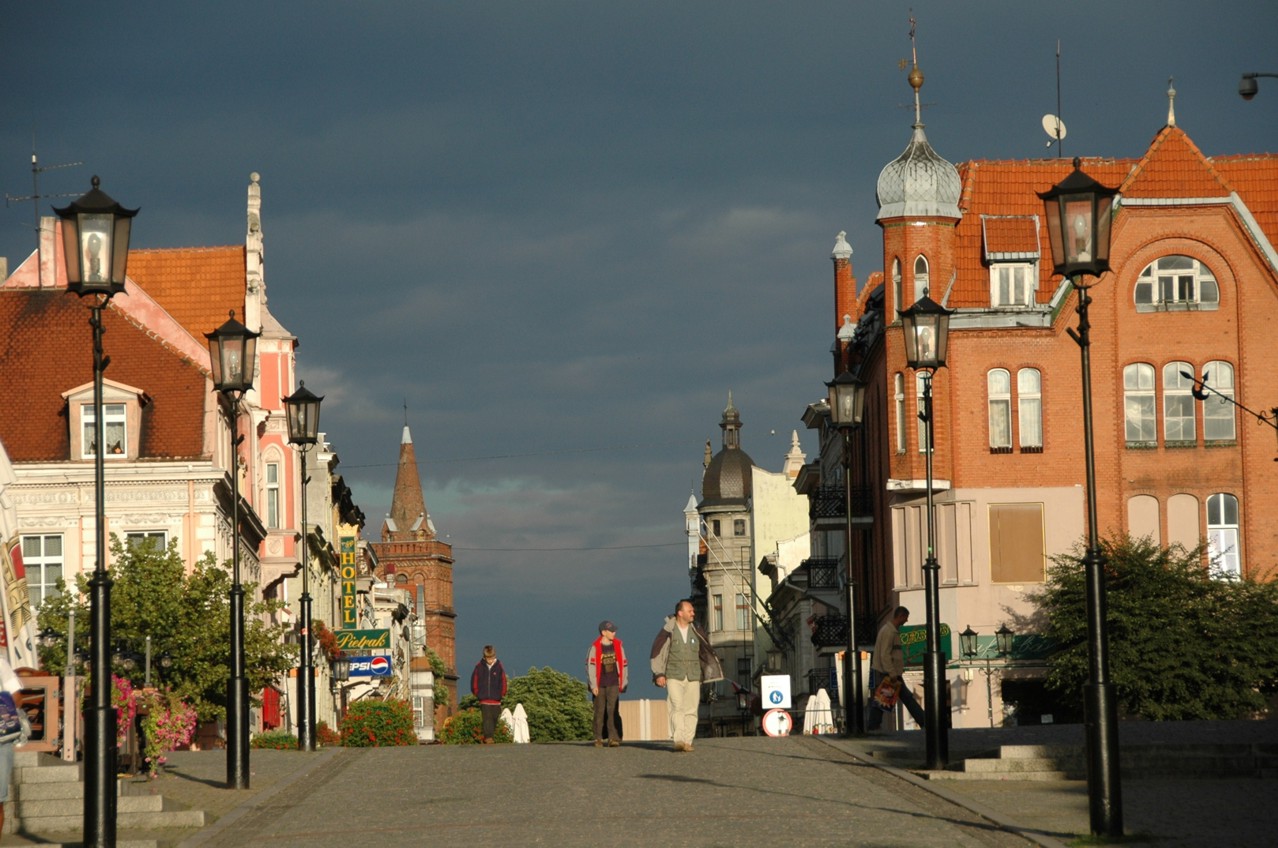
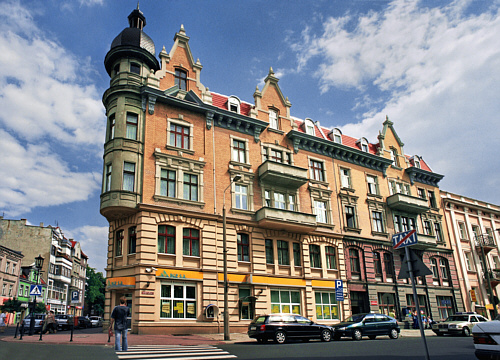

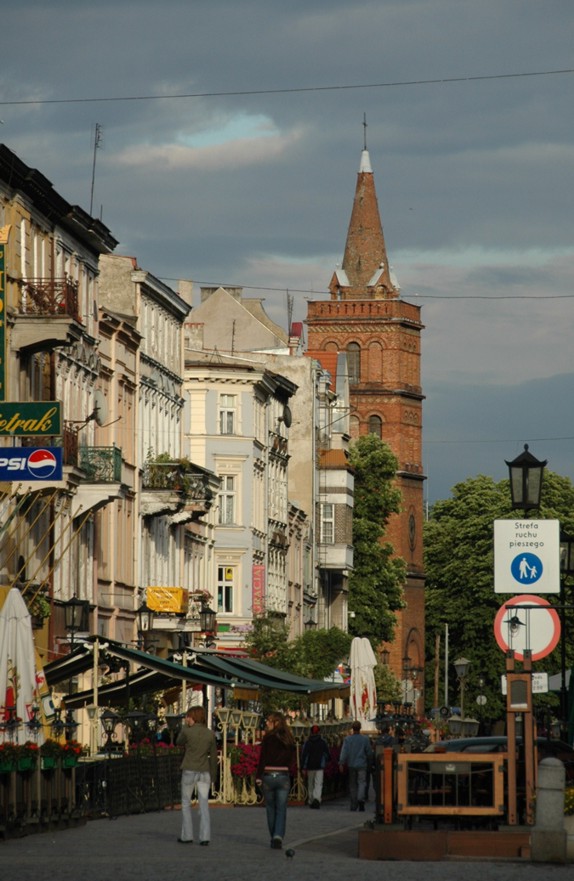
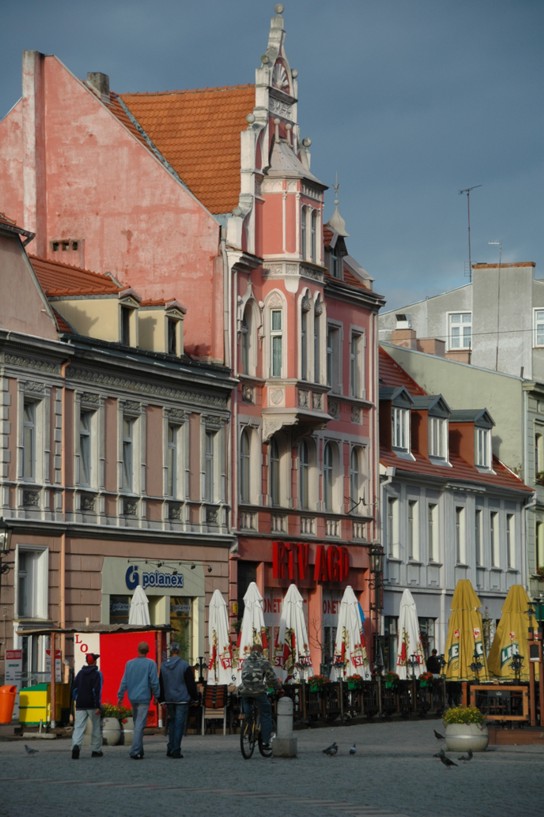
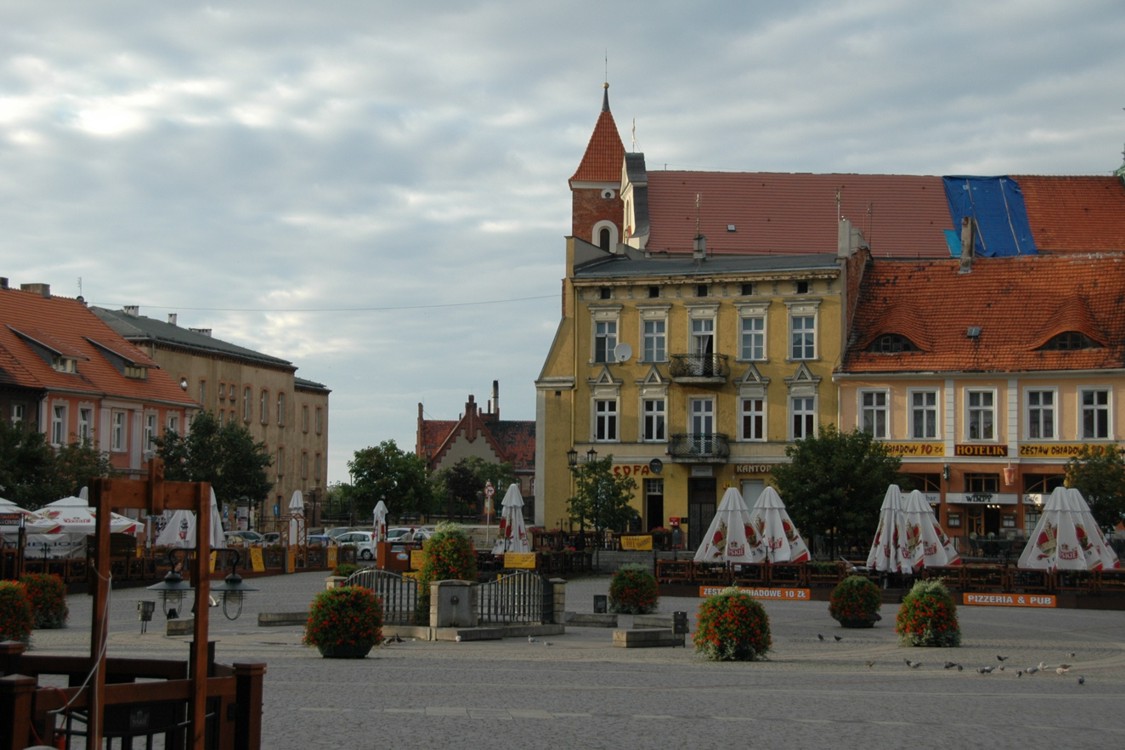
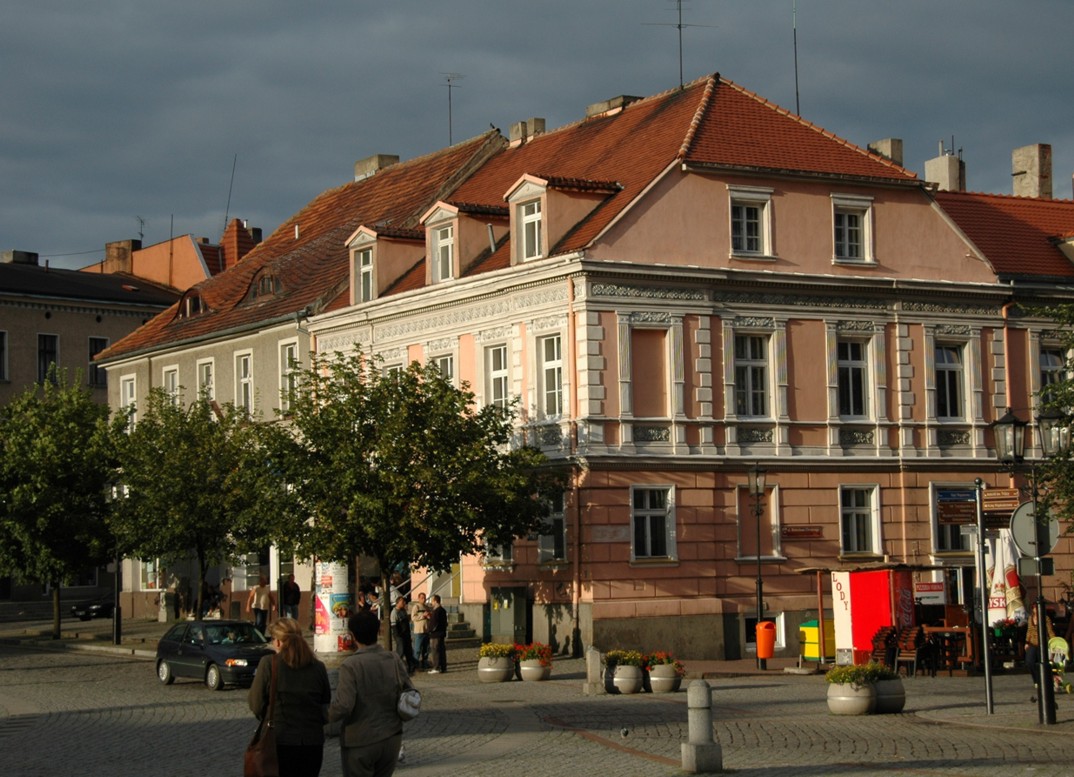
Source: kalejdoskop.h2.pl/kujawy/kujawy3.php
Gniezno [ˈɡɲeznɔ] is a city in central-western Poland, some 50 kilometres (31 miles) east of Poznań, with some 70,000 inhabitants. One of the Piast dynasty's chief cities, it was mentioned in 10th-century sources, including the Dagome Iudex, as the capital of Piast Poland. The Roman Catholic Archbishop of Gniezno is the primate of Poland, making it the country's ecclesiastical capital.
History
There are archaeological traces of human settlement since the late Paleolithic. Early Slavonic settlements on the Lech Hill and the Maiden Hill are dated to the 8th century.[1] At the beginning of the 10th century this was the site of several places sacred to the Slavic religion. The ducal stronghold was founded just before AD 940 on the Lech Hill, and surrounded with some fortified suburbs and open settlements.
Legend of Lech, Czech and Rus
According to the Polish version of legends, "Three brothers Lech, Czech and Rus were exploring the wilderness to find a place to settle. Suddenly they saw a hill with an old oak and an eagle on top. Lech said, 'This white eagle I will adopt as an emblem of my people, and around this oak I will build my stronghold, and because of the eagle nest [gniazdo in Polish][1] I will call it Gniezdno [modern: Gniezno].' The other brothers went further on to find a place for their people. Czech went to the South" (to found the Czech Lands) "and Rus went to the East" (to create the Rus' (region)).[citation needed]
Cradle of the Polish state
Around AD 940 Gniezno, being an important pagan cult center, became one of the main fortresses of the early Piast rulers, along with aforementioned fortresses at Giecz, Kruszwica, Poznań, Kalisz, Łęczyca, Ostrów Lednicki, Płock, Włocławek others. Mieszko I might have moved the capital to Gniezno from Poznań after his own and his realm's baptism, but actual move of the capital to Gniezno might have coincided with a growing German menace of the late 10th century and early 11th century depositing the remains of Saint Adalbert in a newly built church, to underline Gniezno's importance as the religious centre and capital of Bolesław I Chrobry's kingdom.
Congress of Gniezno
It is here that the Congress of Gniezno took place in the year 1000 AD, during which Bolesław I the Brave, Duke of Poland, received Holy Roman Emperor Otto III.[2] The emperor and the Polish duke celebrated the foundation of the Polish ecclesiastical province (archbishopric) in Gniezno, with newly established bishopric in Kołobrzeg for Pomerania; Wrocław for Silesia; Kraków for Lesser Poland and later also already existing since 968 bishopric in Poznań for western Greater Poland.
Royal coronation site
The 10th century Gniezno cathedral witnessed royal coronations of Bolesław I in 1024 and his son Mieszko II Lambert in 1025.[1] The cities of Gniezno and nearby Poznań were captured, plundered and destroyed in 1038 by the Bohemian duke Bretislav I, which pushed the next Polish rulers to move the Polish capital to Kraków.[1] The archiepiscopal cathedral was reconstructed by the next ruler, Bolesław II the Generous, who was crowned king here in 1076.
In the next centuries Gniezno evolved as a regional seat of the eastern part of Greater Poland, and in 1238 municipal autonomy was granted by the duke Władysław Odonic. Gniezno was again the coronation site in 1295 and 1300.









Source: kalejdoskop.h2.pl/kujawy/kujawy3.php






